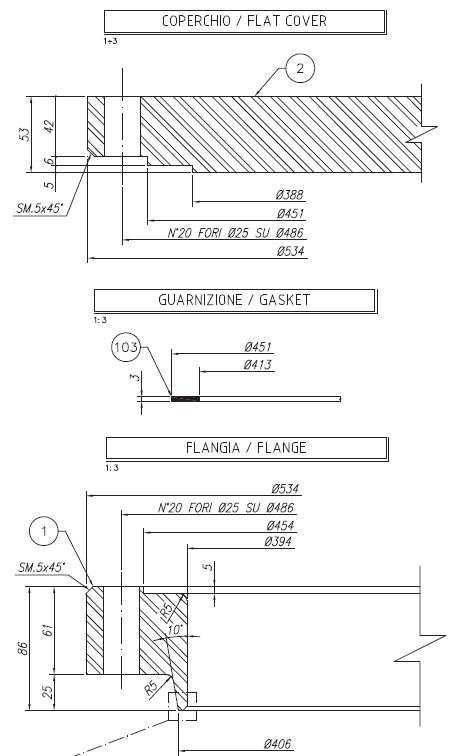FPPE
Mechanical
- Mar 4, 2022
- 162
Hi,
What is the ideal configuration for flange surface finish and type of gasket for hydrogen service at 80°C?
We have initially designed the flanged joint with a PTFE Virgin gasket on a 125÷250 microinch surface and we have noted leakage.
Is it possible that this configuration is not the ideal one for hydrogen service?
Thanks in advance
What is the ideal configuration for flange surface finish and type of gasket for hydrogen service at 80°C?
We have initially designed the flanged joint with a PTFE Virgin gasket on a 125÷250 microinch surface and we have noted leakage.
Is it possible that this configuration is not the ideal one for hydrogen service?
Thanks in advance

